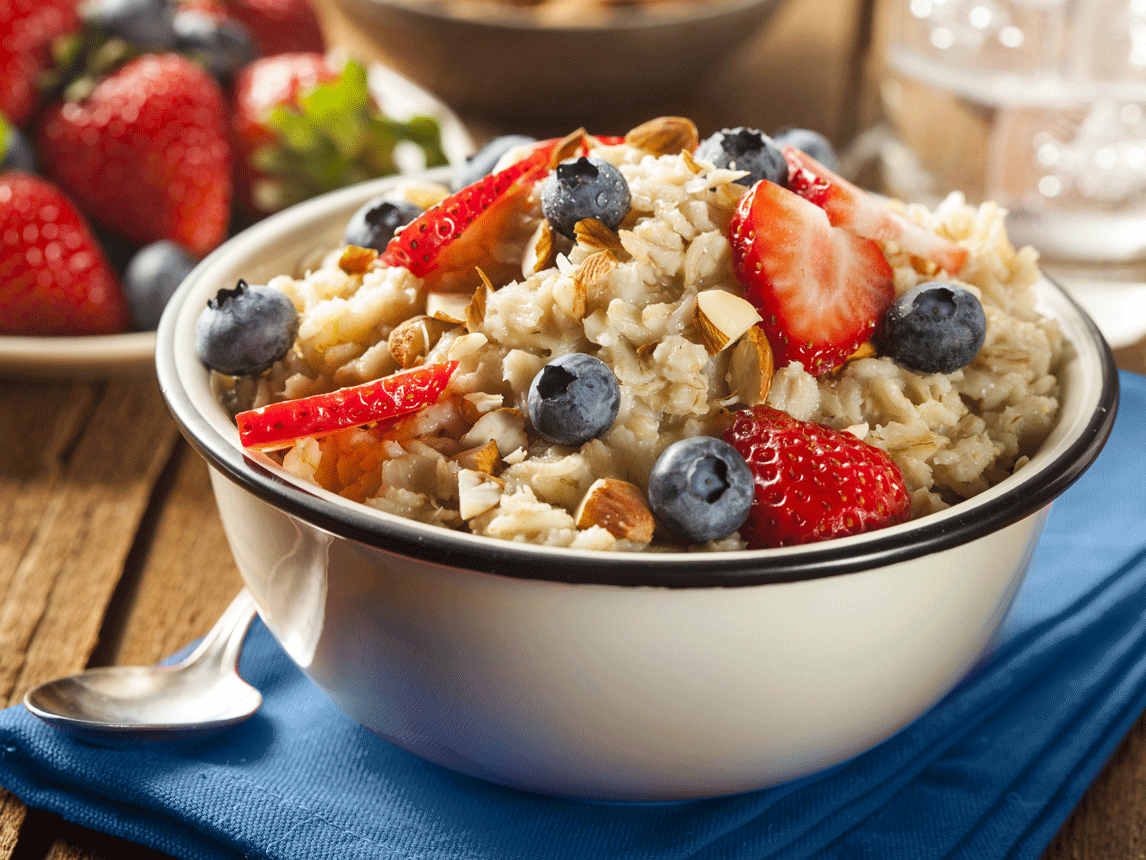A Guide to
Macronutrients
This page is meant to provide some examples of healthy options from each of the macronutrient groups. With so many options at the grocery store and so many marketing tricks, it can sometimes be overwhelming and difficult to know what to buy. There are also tips regarding how to avoid going over your budget, while still choosing healthy options. Keep in mind that it is best to consume a balance of all three macronutrients at each meal, rather than having meals or snacks that only contain one or two.
Carbohydrates
-
Simple- Fruits, vegetables, honey, dairy products
-
Complex- Beans, peas, potatoes, corn, and whole grains, such as bread, pasta, oats, and rice.
-
On a budget
-
Fruits and vegetables that are in season are less expensive.
-
Frozen fruits and vegetables also provide an excellent source of nutrients in comparison to fresh and can sometimes be less expensive. Canned are a good choice as well, as long as they are canned in natural juices or water.
-
Whole wheat pasta makes for a quick and inexpensive meal.
-
Instant varieties of oats and rice are inexpensive and can be bought in large quantities. They also make for a quick meal because of their short cooking time and can even be made in the microwave.
-


Source: wix.com
Protein
-
Meat (beef, pork, lamb, veal), poultry (chicken, turkey, geese, duck), seafood, dairy, legumes, eggs, soy products, nuts, and seeds
-
On a budget-
-
Red meat can be expensive, but can be bought when it is on sale and frozen until you are ready to use it.
-
Eight ounces of seafood should be consumed each week. Seafood can be bought frozen or canned, which is generally less expensive than fresh varieties. Fresh fish is less expensive when it is in season.
-
Nuts and seeds can be bought in bulk to save money.
-
Dairy products, such as milk or yogurt, are generally inexpensive and are also good sources of other nutrients like calcium and Vitamin D.
-
Lunch meat can also be an inexpensive option, but look for low sodium varieties.
-
Fat
-
Canola oil, olive oil, peanut oil, butter, meat, nut butters, avocado, fatty fish, cheese, nuts, and seeds
-
Avoid saturated and trans fats.
-
On a budget
-
Peanut butter is an inexpensive nut butter option that is a good source of monounsaturated fatty acids.
-
Nuts and seeds can also be bought in the form of trail mix in bulk quantities to reduce the price per serving.
-
When bought in season, avocados are inexpensive and are a versatile source of monounsaturated fatty acids.
-

USDA & HHS. (2015) Dietary guidelines for Americans 2015-2020. Retrieved from https://health.gov/dietaryguidelines/2015/guidelines/
U.S. Deprtment of Health and Human Services. (2010). Protein, carbohydrates, and fats. Retrieved from https://www.nia.nih.gov/health/publication/whats-your-plate/protein-
carbohydrates-fats